Can you make bread with plain flour - and your other bread baking questions answered!
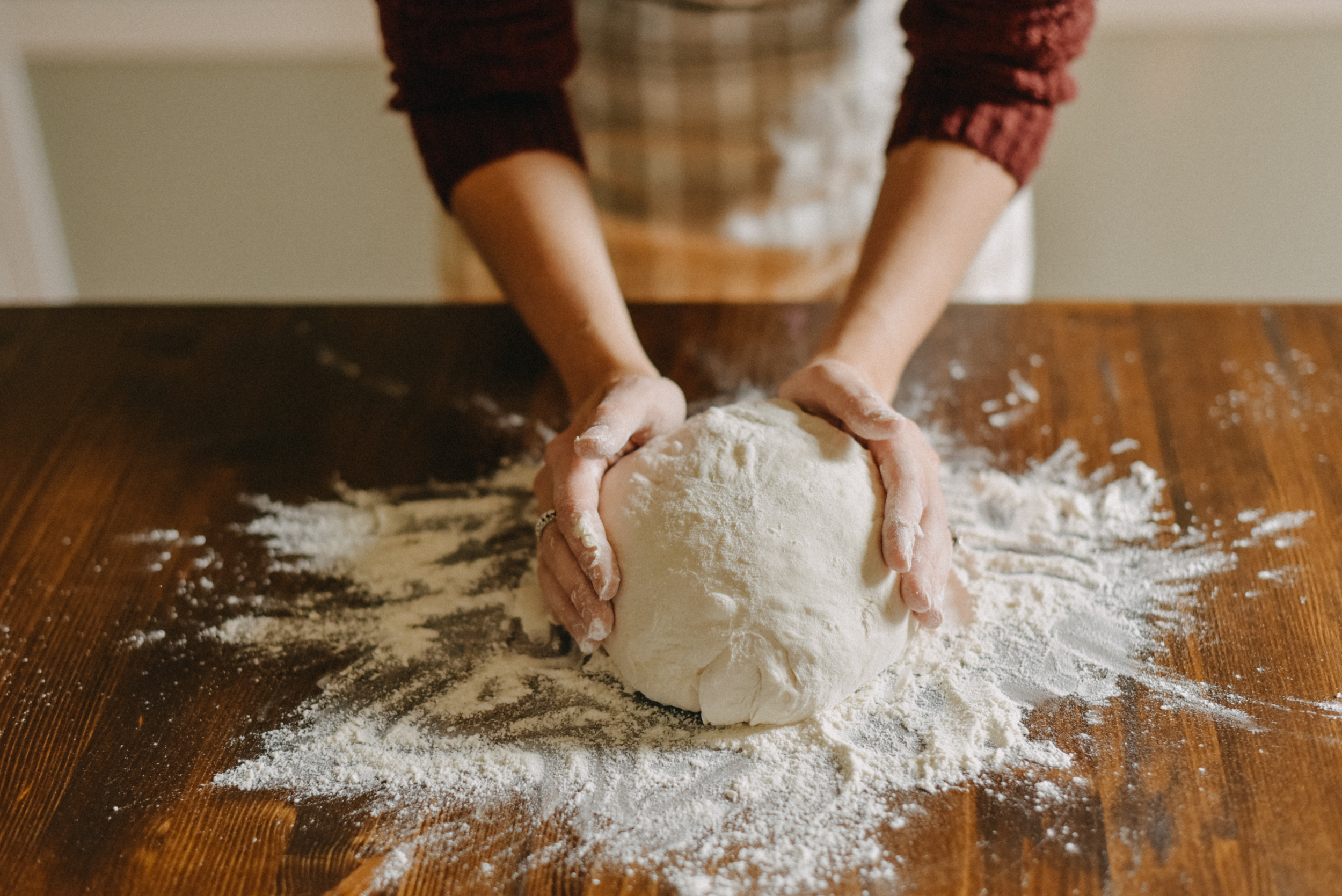

Whether you've just jumped on the baking train or consider yourself a specialist, have a read through our list of common bread baking questions and answers.
Whether you can make bread with plain flour and whether you need yeast to bake bread are just two of the most common questions that people have about bread making.
With plenty of time on our hands and not very much to do over the last year, it's no surprise that the wholesome pastime of bread baking has come back into vogue in a VERY big way. While some people stuck to the basics, like making a simple farmhouse white loaf, others took their newfound hobby to another level. Since the first lockdown, videos of people making their own sourdough bread and creating flower art on focaccia have taken over social media and it looks like they're here to stay.
So if you're looking to make your own bread or get answers to some dough dilemmas, check out these handy tips and tricks to answer all the questions you could have about baking your own bread.
From the experts who know, can you make bread with plain flour? How do you make bread from scratch? And how can you avoid over-proving the dough?
Your baking questions answered
How to make bread from scratch
Bread is most often made by combining four main ingredients; flour, water, salt and yeast. There are many variations on the method, but a simple white bread is a good place to start. You won't need a bread maker for this recipe and you can add in more flavours and spices once you've built up some bread-making confidence.
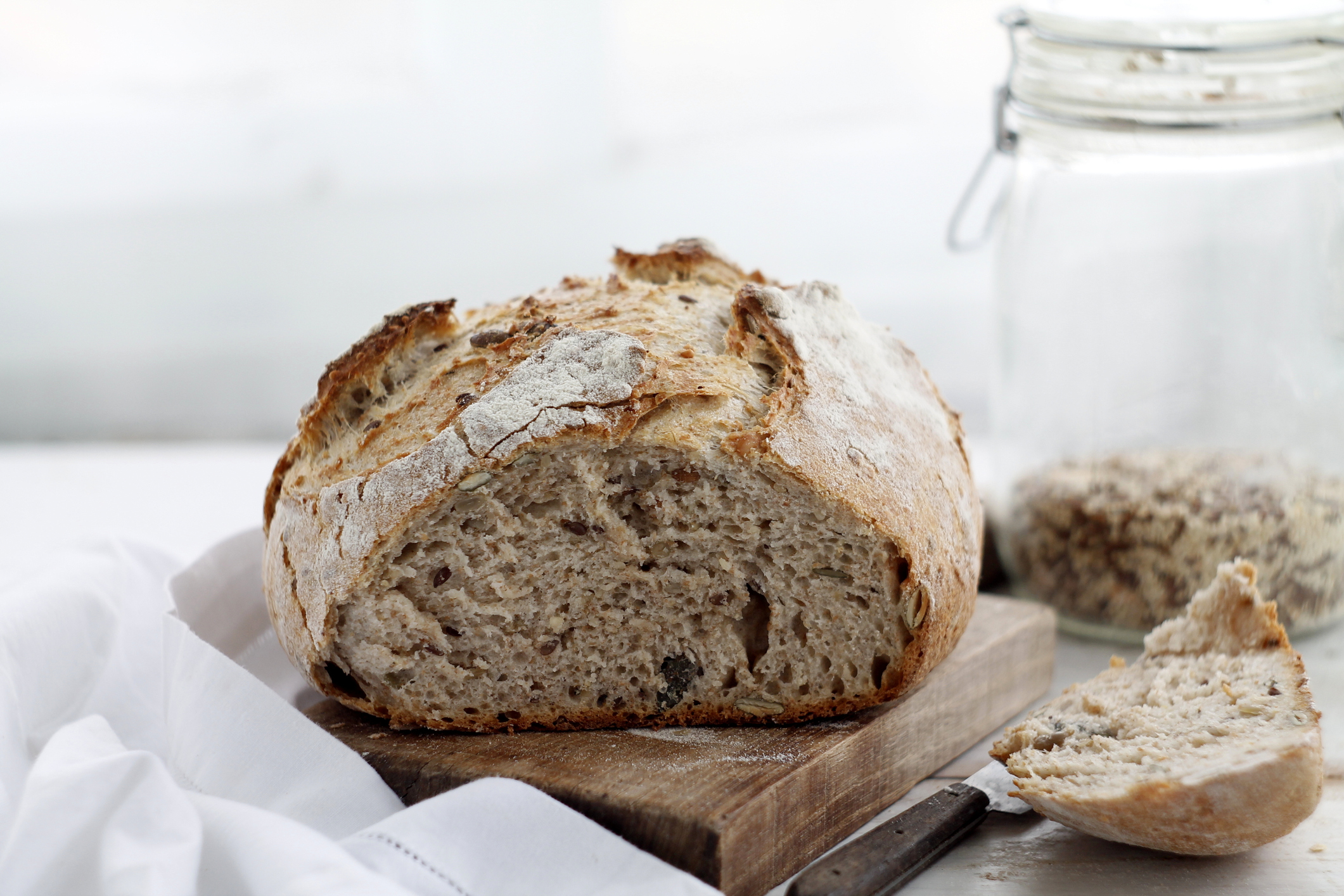
Follow our simple step-by-step recipe to make basic bread from scratch: How to make bread
GoodtoKnow Newsletter
Parenting advice, hot topics, best buys and family finance tips delivered straight to your inbox.
What do you need to bake bread?
Rhiannon, who has held bread-making classes from The Epsom Bakehouse since 2013, says you don't need a lot of ingredients to bake bread.
"Bread can be made with very few ingredients – some don’t even require yeast." She says, "But flour, water, salt and yeast are the basics of what you need to bake bread."
“You’ll also need some basic kitchen equipment – a bowl, scales, baking tray and an oven (or hob for some breads). The most important ingredient is probably time, leave your bread dough to prove for longer and you’ll get even more flavour in your homemade bread.”
Fancy giving a bread recipe a go? Try a crusty cob loaf from Great British Bake Off legend Paul Hollywood.
Can you use plain flour to make bread? And can you bake bread without yeast?
Some breads turn out great using plain flour and you can also bake breads without yeast, Rhiannon says.
“Try making simple flatbreads or a soda bread, both of which can be made with plain or self-raising flour and don’t require yeast.”
Try the recipe: Homemade granary flatbreads
What is the best flour to use for bread?
While you can make bread from plain flour, Rhiannon says, “Bread flour has more protein in it, forming the gluten that provides support and structure to your loaf. So, if you get hold of some, use bread flour. Try one from your local supermarket to start with.
“If you enjoy baking bread, there are plenty of independent millers in the UK.”
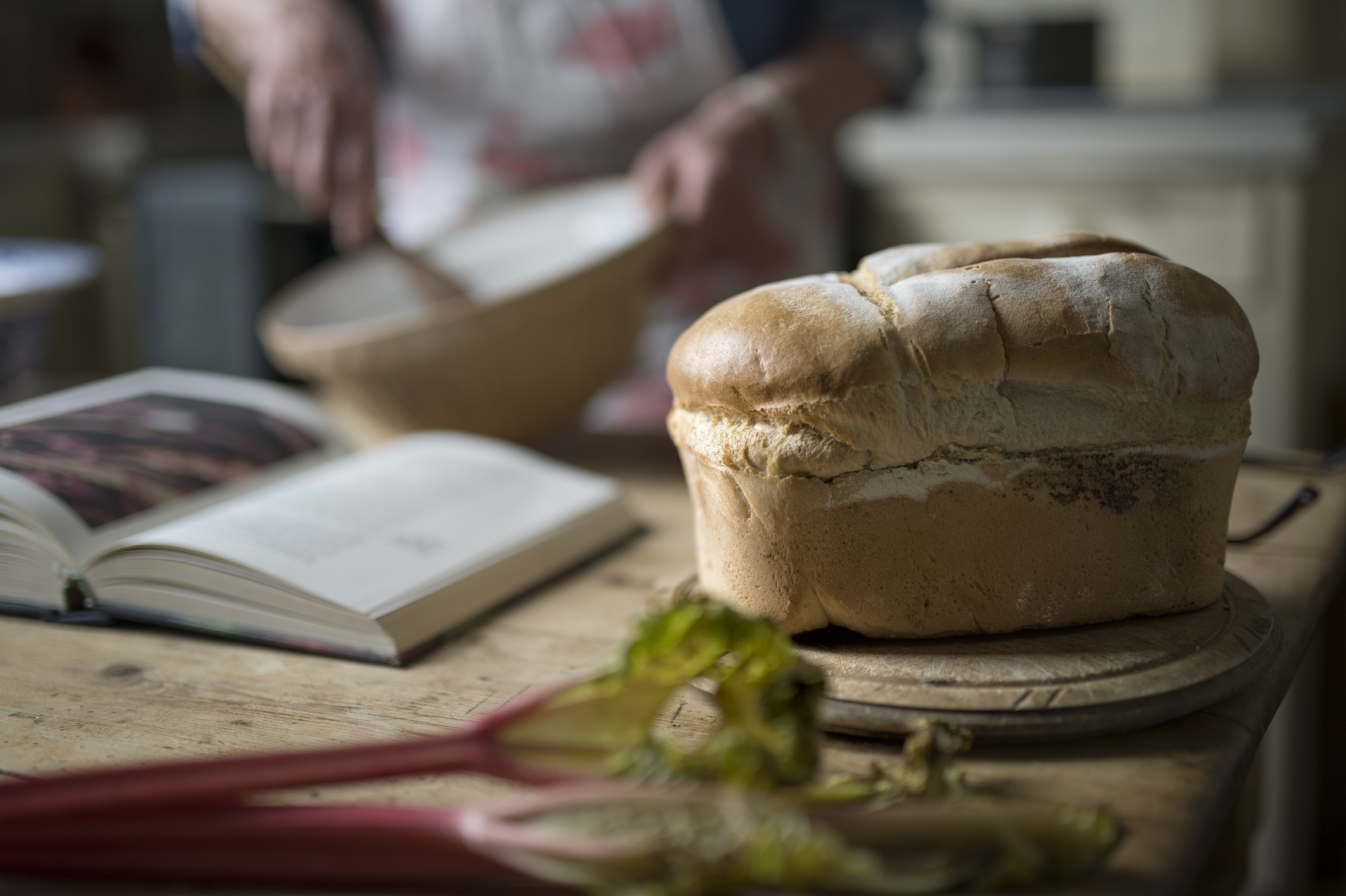
How long does it take to make bread?
Good bread should take time, advises Rhiannon.
“A basic loaf should take four or more hours to make. The good news is, that for the majority of this time, you don't have to do anything except let the dough rise. All the flavour of your bread comes from giving the yeast plenty of time to digest the flour in your dough during the rising times.
How can you make baking bread easier?
Rhiannon suggests, “One way to fit bread making around everything else you need to do is to use the fridge - mix and knead your dough and then pop it into the fridge to rise more slowly overnight, or during the day. Then continue with your usual process.”
Why not try this: Classic Italian ciabatta bread recipe
How do you make crusty bread?
There's nothing better than a crusty roll to go with a big bowl of soup, so here's how to make crusty bread...
Rhiannon says, “There are three simple things you can do to help you bake a crusty loaf. Firstly, ensure you bake your bread at a high enough temperature.”
“Most simple breads (that don't contain lots of eggs, sugar and butter) should be baked at around 220C. If you have one, use a pizza stone to bake your bread on. The direct heat of a baking stone will help your dough rise even more in the oven. The stone retains heat very well, baking your dough more evenly and improving the crust.
“Lastly, introduce steam into the oven - pour water into a pre-heated tray at the bottom or mist the tops of your loaves before you bake. Steam will condense on your dough, initially helping the final rise of your loaf in the oven and then aiding crust formation.”
How do you make bread light and fluffy?
We all love bread that's light and fluffy, but how can you make yours that way?
Rhiannon says, “One simple way to make your loaf lighter and more fluffy is to add in a hard fat of some kind to your dough, such as butter.”
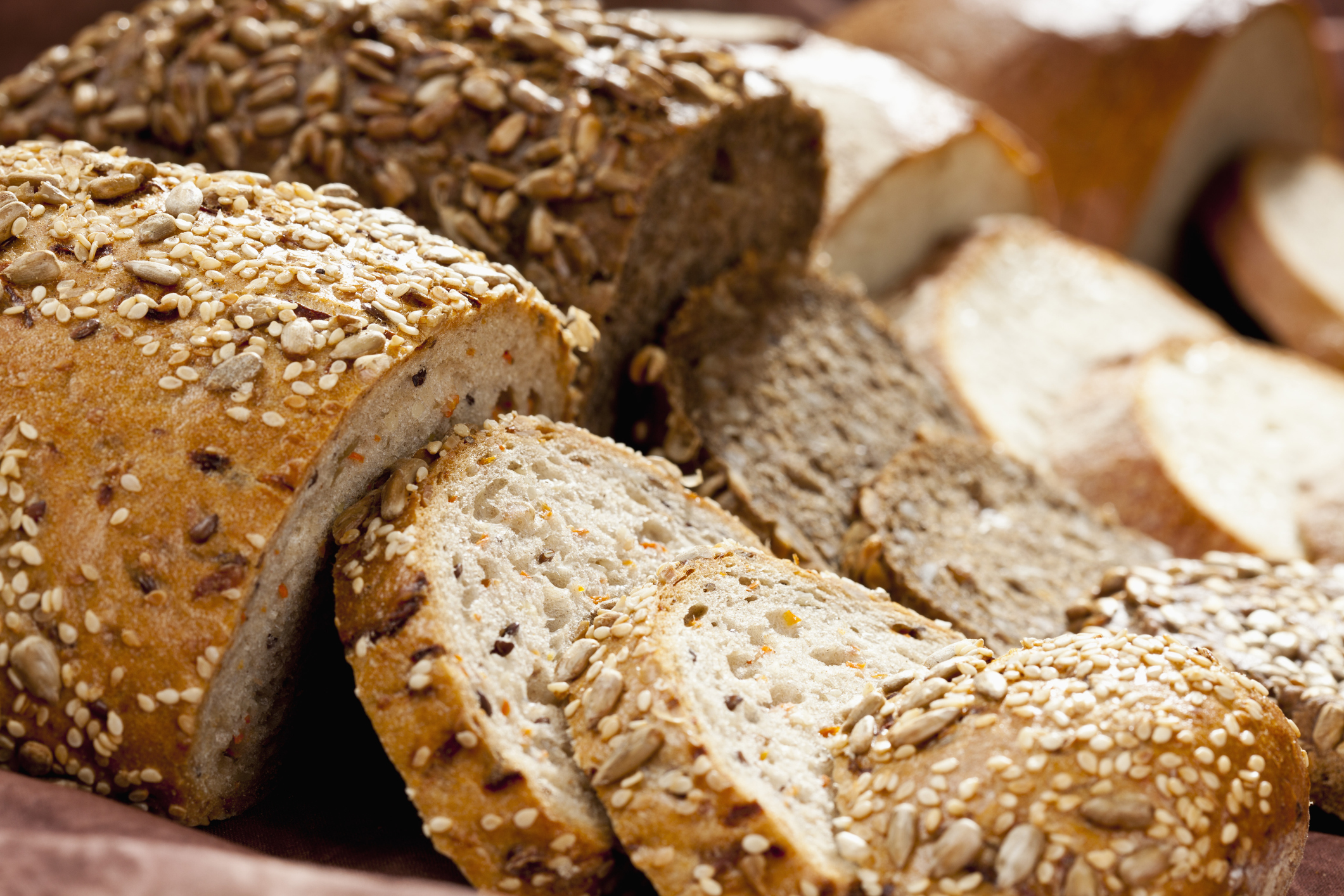
“Adding any fat will have an effect on your final loaf. Liquid fats such as olive oil will mainly contribute to flavour. But hard fats such as butter will not only add to flavour but will also have an effect on the volume and softness of the finished loaf.”
She explains, “Inside your bread, the gluten protein network acts as a ‘scaffold’ that supports your dough as it rises and bakes. This scaffold forms pockets that trap the gas produced by the yeast as the dough rises. A hard fat helps the dough structure to retain gas and volume and softens the overall crumb (inside) of the loaf.”
Fancy trying your hand at making rolls? Try this recipe: Sesame bread rolls
Can you let bread rise too long?
Rhiannon confirms that yes, you can let bread rise for too long.
She says, “If you're making a yeasted loaf, it is possible to over-prove the dough. The yeast in your dough digests the flour and produces gas that rises your dough.”
“However, eventually, the dough structure will start to collapse as it cannot contain the volume of gas produced. At this point, your loaf will become over-proved and may turn out flatter and more dense that you expected.
How can you avoid over-proving dough?
Rhiannon says, "A quick test to check how your dough is doing is to gently prod the rising loaf with your finger. If the indentation springs back straight away, the loaf needs to rise some more before baking. If the dent remains and slowly springs back, it's ready to bake.”
How to make gluten-free bread
"To make gluten-free bread, all you need to do is swap out the regular glutenous flour with gluten-free flour." Sarah Wren, an owner of Oscar & Bentley's, one of the first gluten-free restaurants in the UK, says.
“Prove it for about 45mins to an hour in a hot bakery and then cook for about 45 minutes.”
You can find gluten-free flour on sites like Doves and Free-From Fairy.
Sarah explains, “What you make with normal bread is a dough, whereas with gluten-free bread it’s more of a batter. It tends to be more like cake because when you’re kneading bread in normal bread making, what you’re actually doing is working with the gluten protein – that’s what actually makes it stretchy. When you’re working with gluten-free bread, you don’t have any of that stretchiness coming from the gluten."
How long can you freeze bread?
If you've got a bit overexcited with your bread-baking, don't worry you can freeze your bread for later. Rhiannon told us that all bread freezes well. All you need to do is wrap your loaf tightly in greaseproof paper and put it in a freezer bag.
She says, “To defrost, just leave out on the side overnight, or for smaller bakes such as rolls, a low oven heat can be used to quickly defrost. Bread should freeze well for up to three months, but is probably best used in a month. For larger loaves, you may wish to slice in half, so you can defrost and use as required.”
How to make oat bread
Arun Kapil is the founder of Green Saffron and bakes bread for restaurants. He says, “The whole act of making something so nourishing out of little more than flour, water and salt is really quite magical. Here’s a really simple bread to get you started on. Extremely difficult to get wrong and very easy to switch up and make your own."
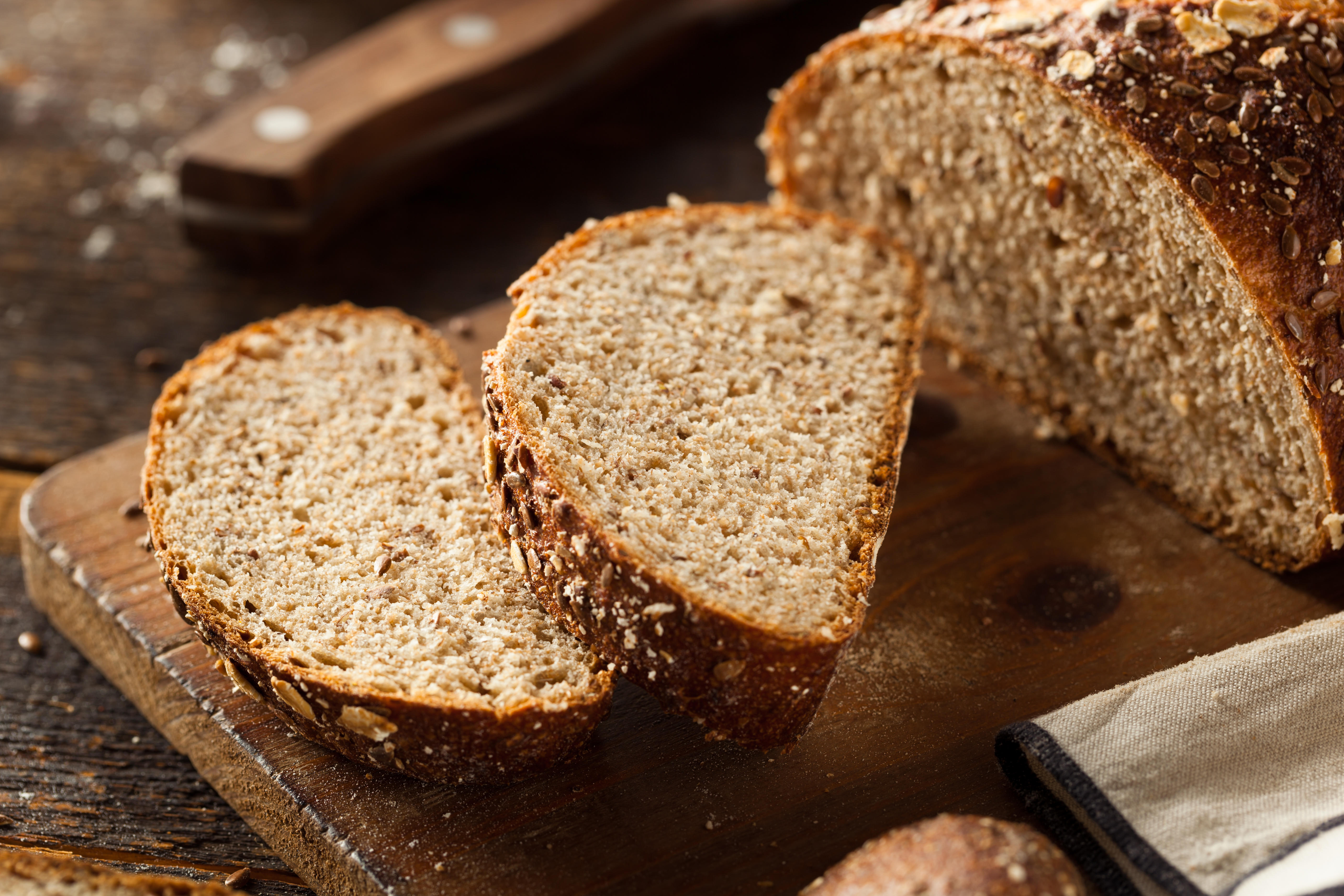
Here’s a recipe for how to make Arun's oat bread from scratch…
Make oat bread: ingredients
- 1 x 500g tub of plain, natural full fat yoghurt (not the set kind)
- 1 medium free range egg, beaten lightly
- 4 tblsp of almond milk
- 300g or so of Porridge oats. Simply use your empty yoghurt carton as the measure. Fill it up to top, and that’s how many oats you need for this recipe.
- 2 tsp bread soda
- Pinch of sea salt
Make oat bread: method
- Line a 2lb loaf tin with greaseproof paper, set your oven to 180C, Gas 4.
- In a small bowl mix the liquids, the yoghurt, beaten egg, saffron infused almond milk including the saffron fronds and black treacle
- In another mix the dry, the oats, bread soda and salt.
- Pop the liquid mix into the dry, mix well to combine, pour into your lined loaf tin and pop onto a middle shelf in your oven.
- Bake for 30 minutes, then turn down the oven to 150C, Gas 2 and continue to bake for another 30mins or until the loaf sounds hollow when you tap its bottom.
And that’s how you make bread from scratch, simple! Check out other brilliant bread recipes here.
How to make a sourdough starter
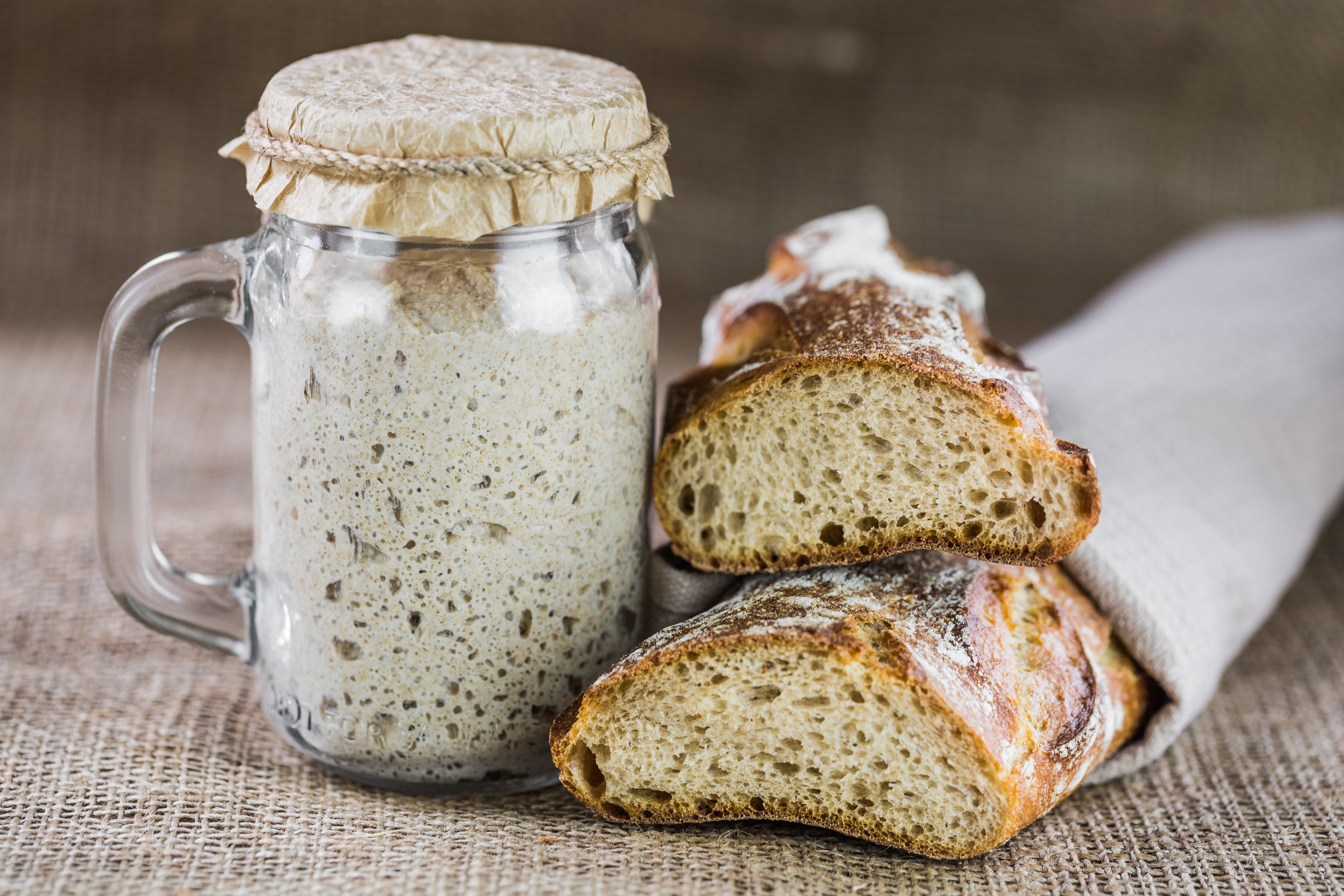
Looking to make a sourdough loaf that comes out perfectly every time? You'll need a sourdough starter to begin with. We spoke to Lovingly Artisan's sourdough extraordinaire, Aidan Monks for his advice on how to make the best one.
To make the best sour dough starter, you will need:
- 50g fresh, not-from-concentrate apple juice (a top tip that most people don't know!)
- 50g stone-ground wholemeal flour
Aidan says that is absolutely has to be wholemeal flour, as the lactic bacteria - which gives the starter its power - is on the outside of this grain)
How to make a sour dough starter:
- Mix the apple juice and wholemeal flour into a paste, leave it on the side in a jam jar with loose fitting lid
- After 3-4 days should start to see activity which means that it’s begun to ferment
- Throw half of it away, feed it with 50g flour and 50g of water
- Then repeat, using the same type of flour (the first feed needs to be with the apple juice)
As Aidan explains, “What you’re doing is creating a ferment when you feed it every day with flour and water. The most important part is to throw most of it away before you feed it because if you don’t then it becomes too acidic and it doesn’t work properly.”
For full instructions on how to create perfect sourdough, check out Aidan Monks' recipe for sourdough bread.
Happy baking!

Grace Walsh is a health and wellbeing writer, working across the subjects of family, relationships, and LGBT topics, as well as sleep and mental health. A digital journalist with over six years experience as a writer and editor for UK publications, Grace is currently Health Editor for womanandhome.com and has also worked with Cosmopolitan, Red, The i Paper, GoodtoKnow, and more. After graduating from the University of Warwick, she started her career writing about the complexities of sex and relationships, before combining personal hobbies with professional and writing about fitness.